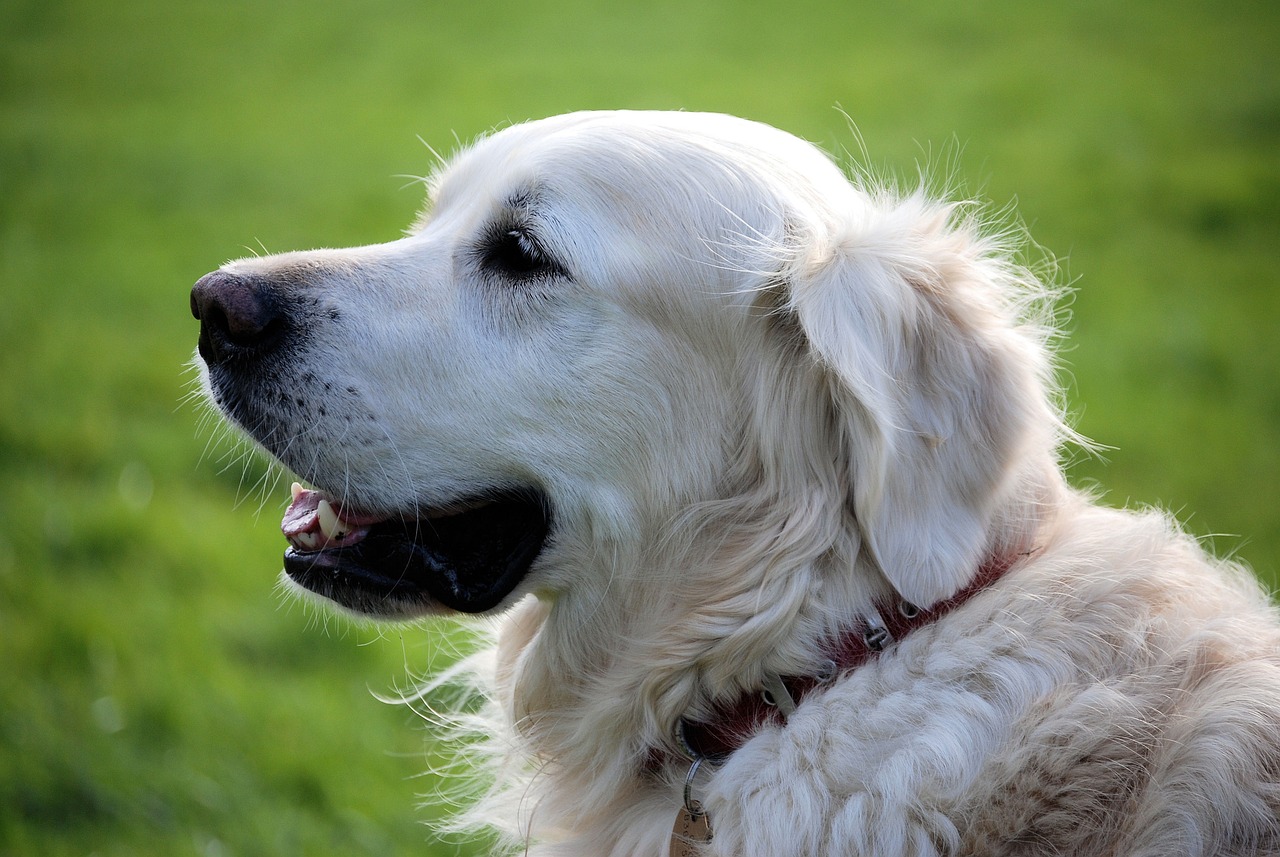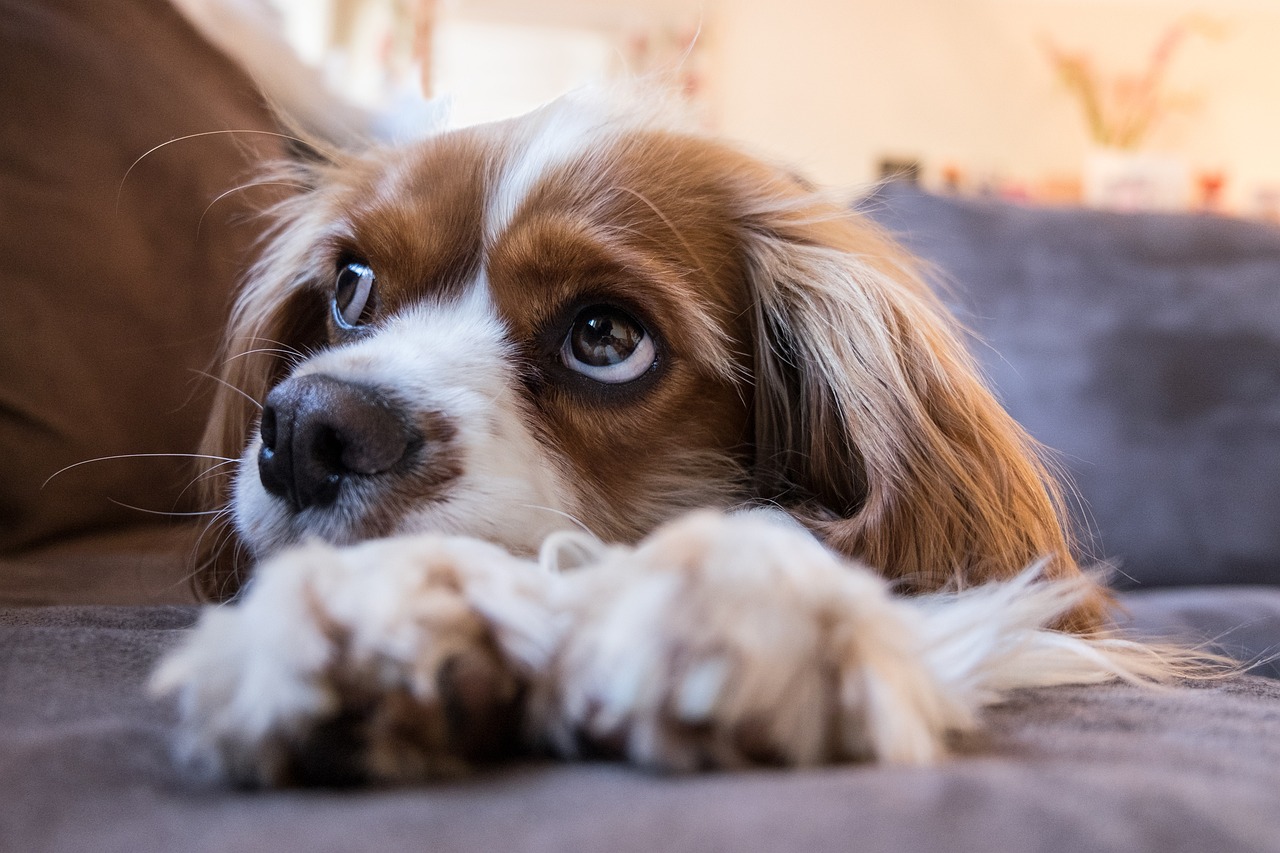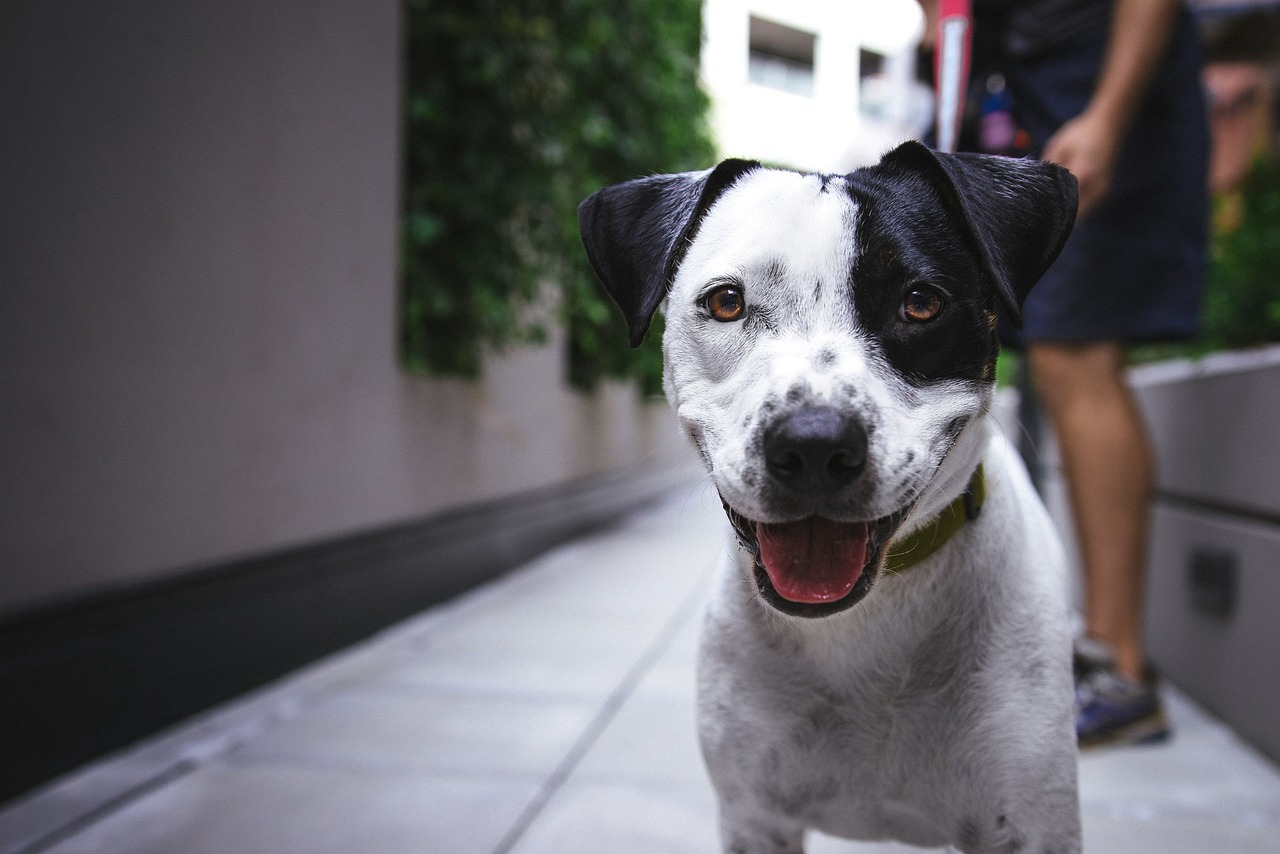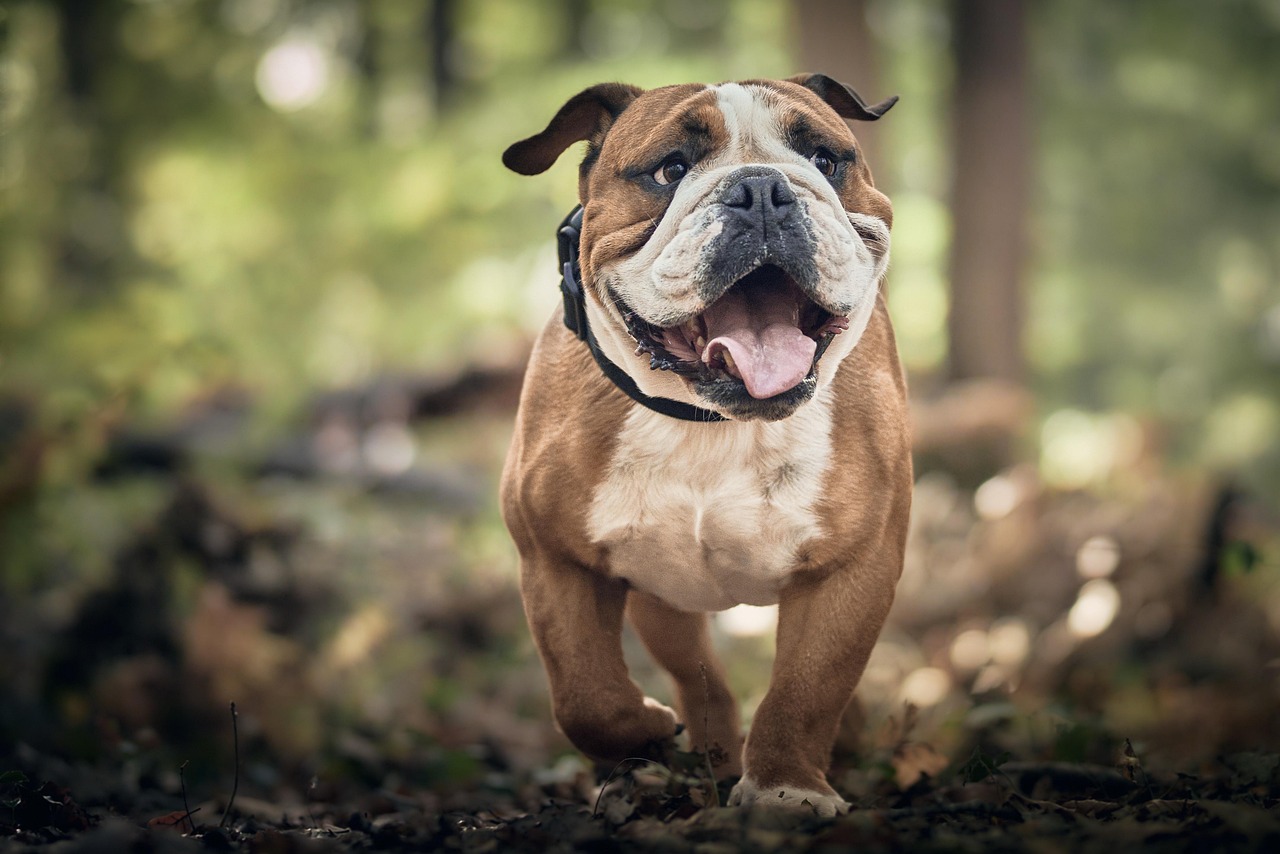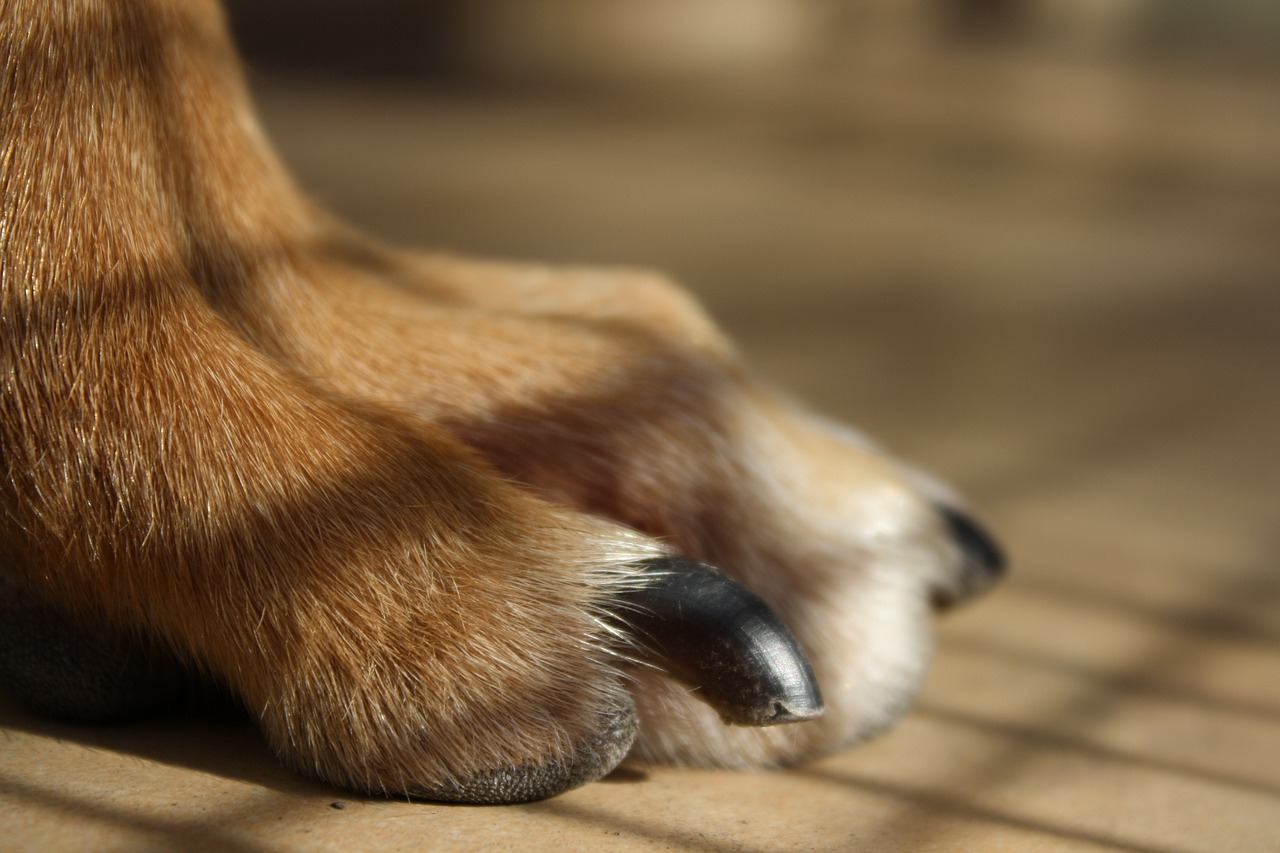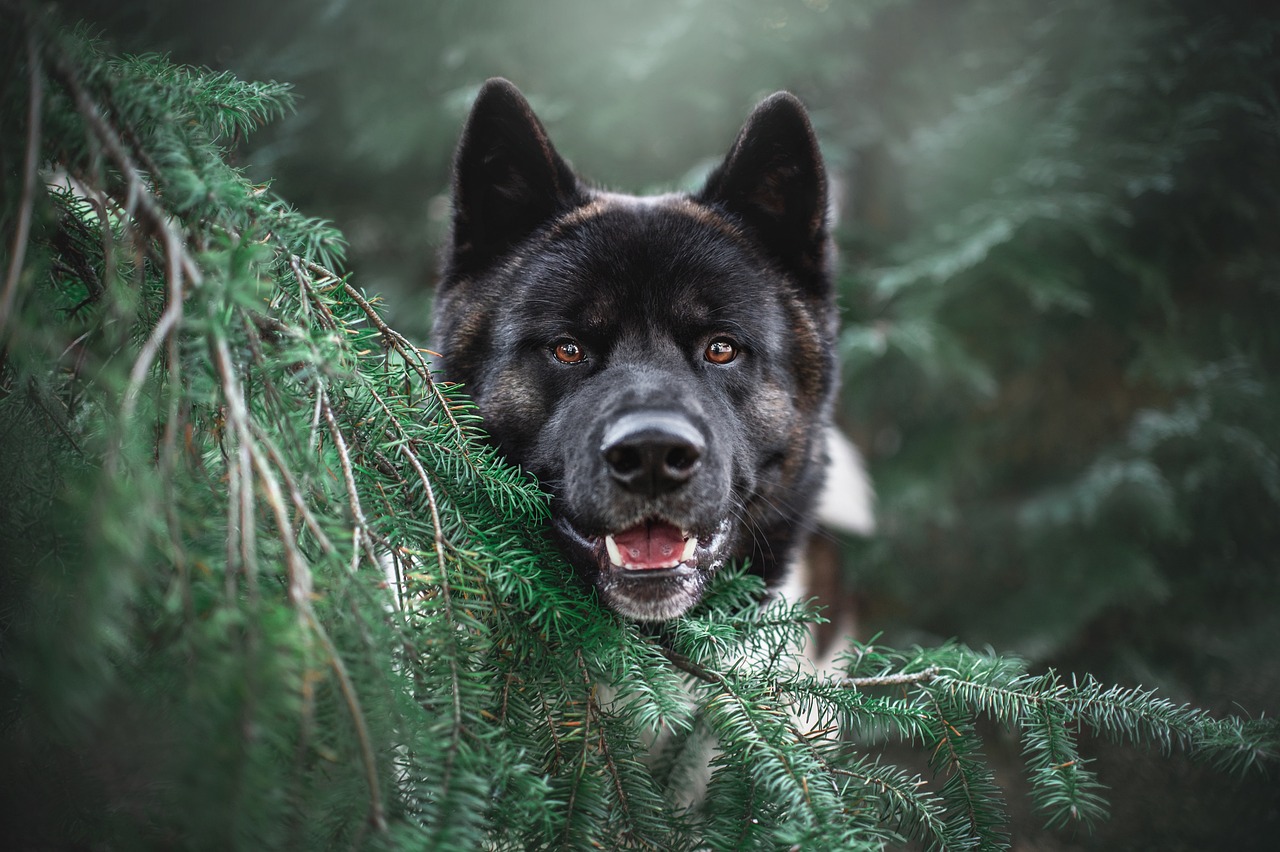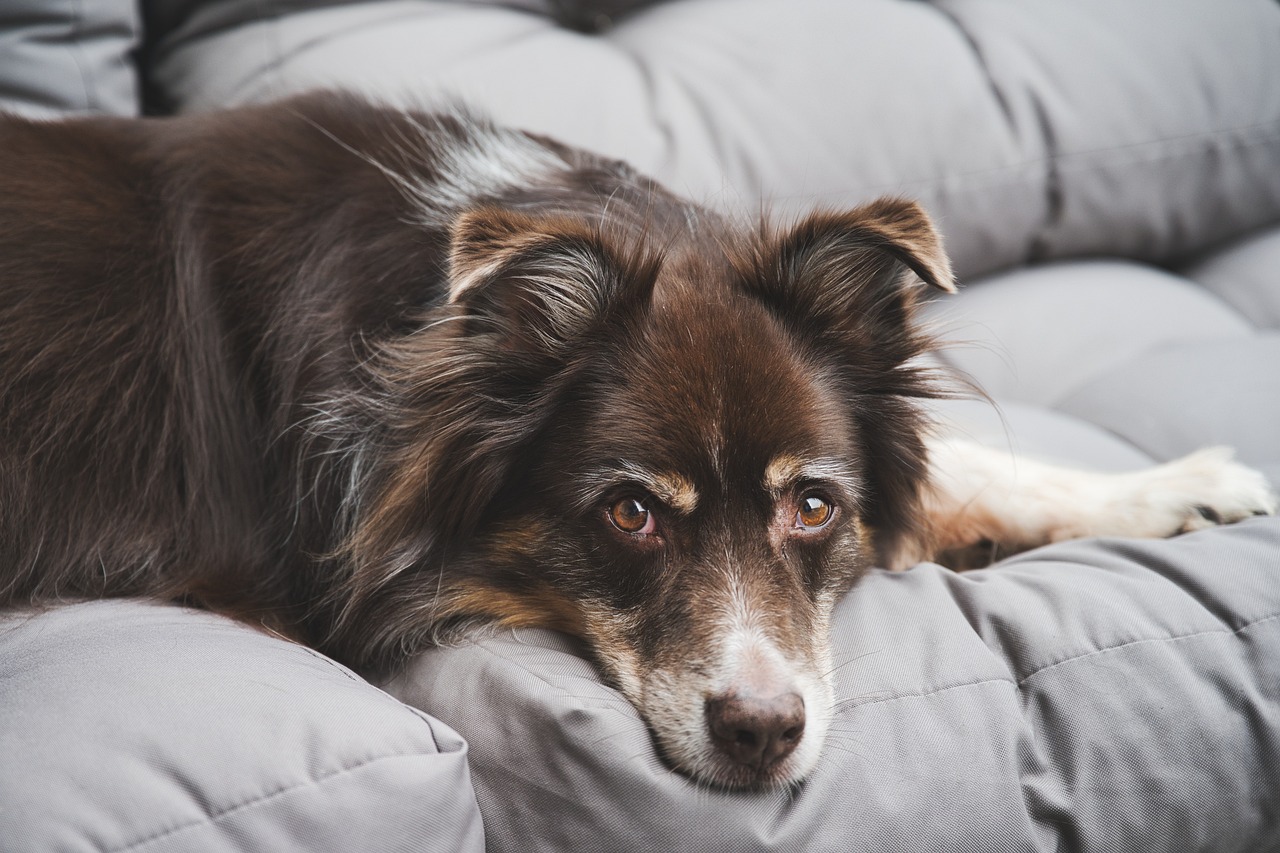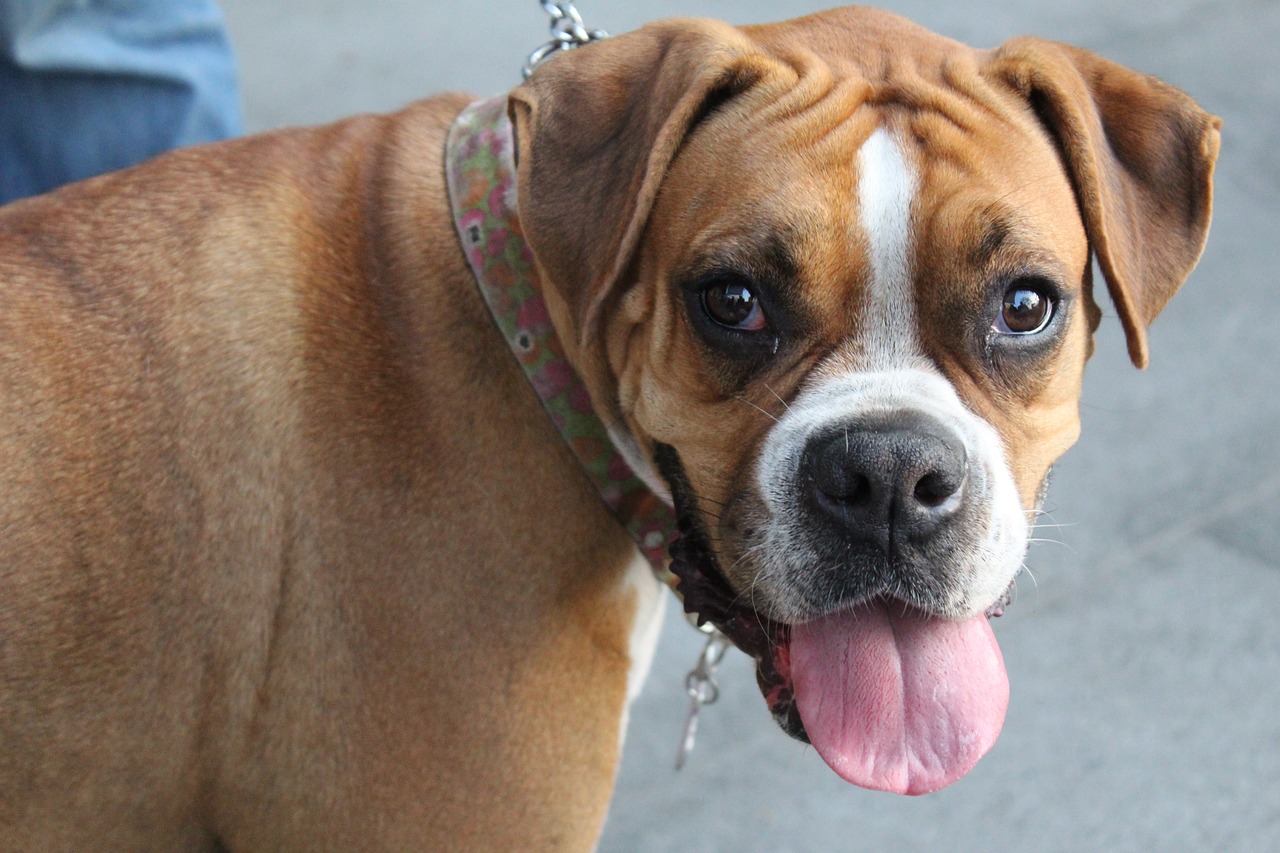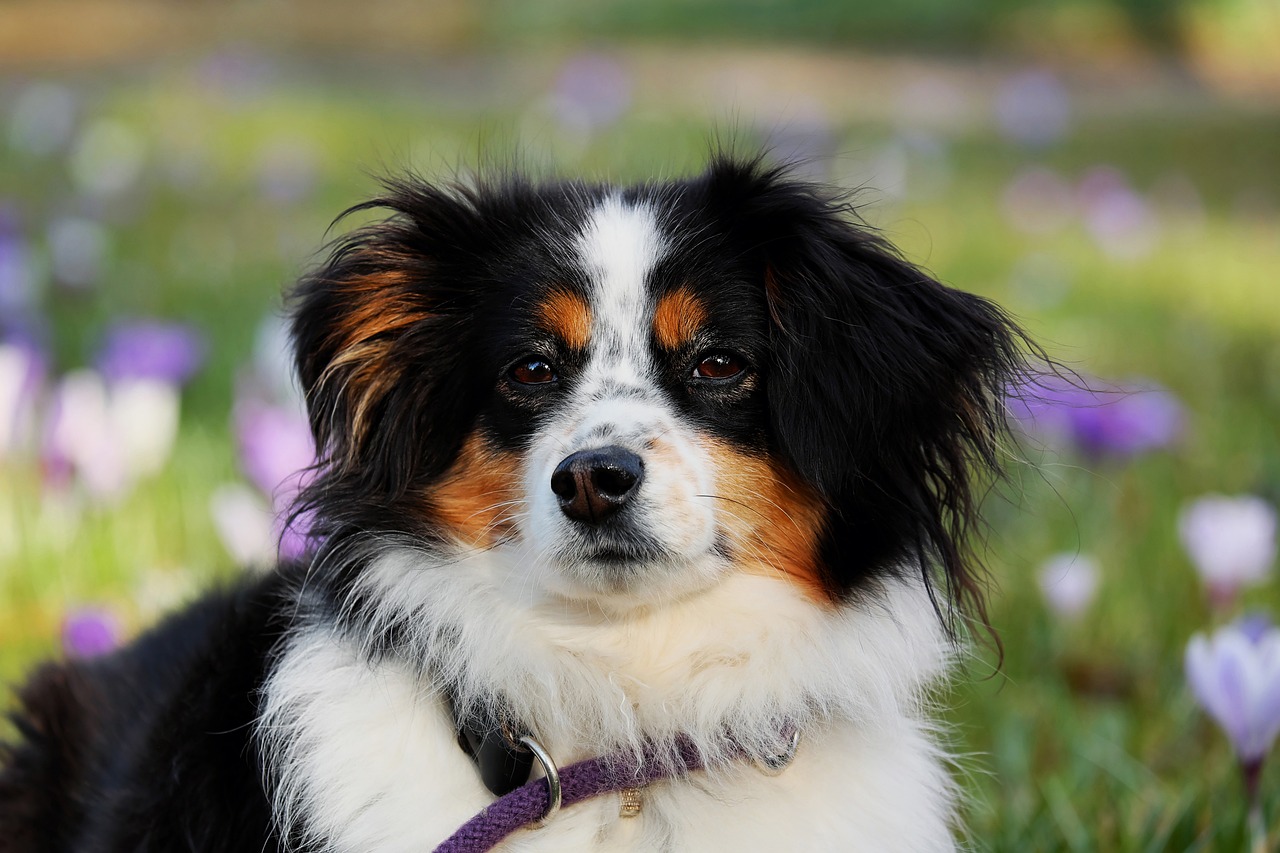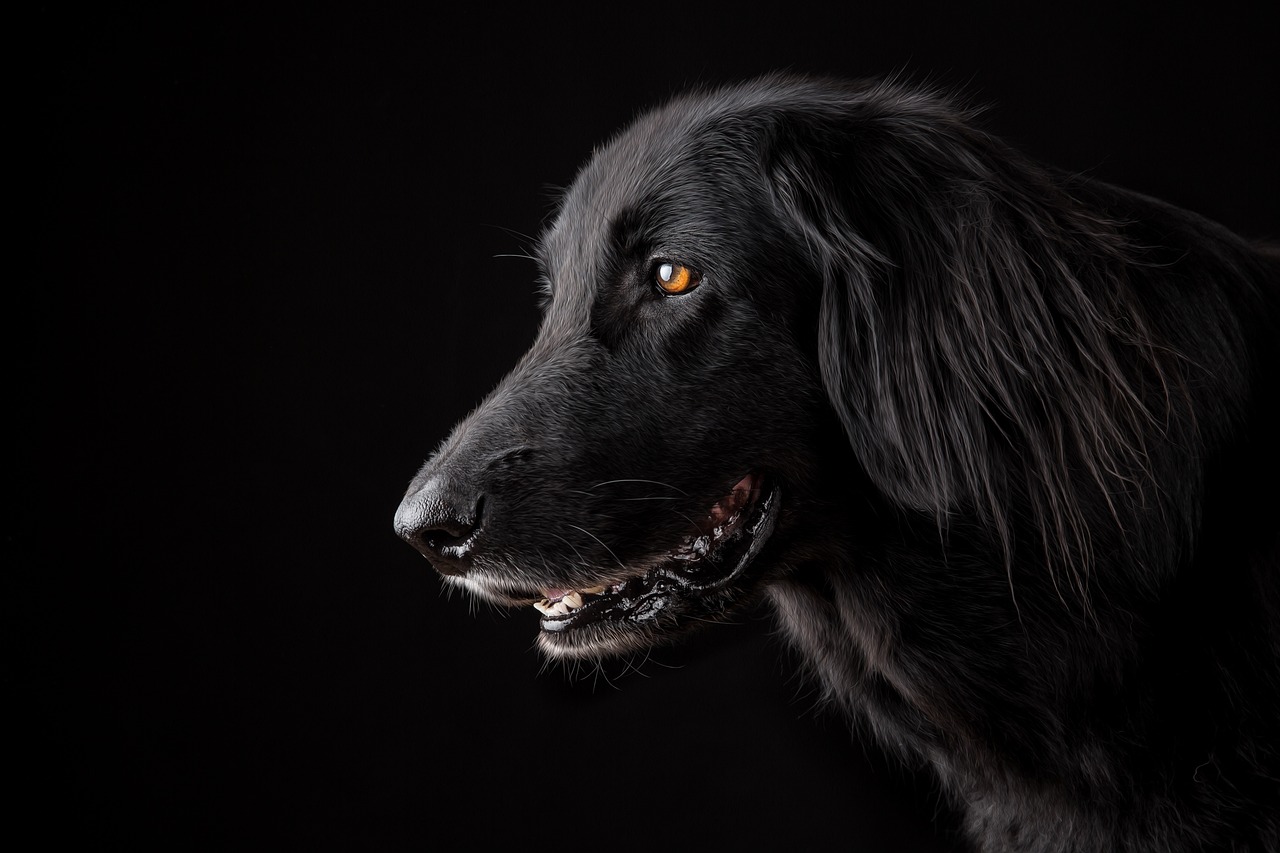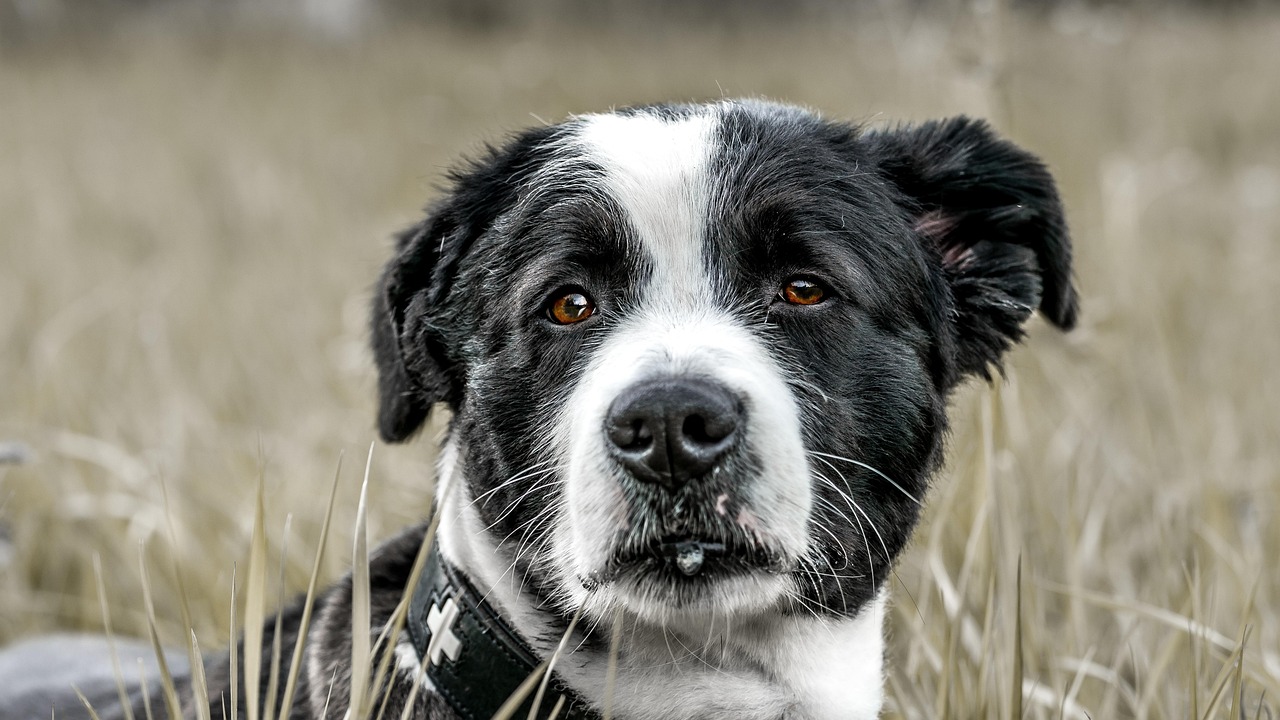This article explores the various stages of healing following a dog bite wound, providing essential insights for pet owners and caregivers on what to expect during the recovery process.
Understanding Dog Bite Wounds
Dog bite wounds can vary significantly in severity. Understanding the nature of these injuries is crucial for effective treatment and recovery planning. Minor bites may only cause superficial damage, while severe bites can lead to deep tissue injury, bleeding, or even fractures.
Immediate Care for Dog Bite Wounds
Providing immediate care for a dog bite wound is vital to prevent infection and promote healing. Here are essential first aid steps:
- Assess the wound’s severity.
- Control bleeding by applying pressure with a clean cloth.
- Clean the wound gently with soap and water.
- Apply an antiseptic and cover with a sterile bandage.
The Healing Process: Stages of Recovery
The healing process for dog bite wounds can be divided into several stages:
Inflammatory Stage
The inflammatory stage is the body’s initial response to injury. During this phase, the area may become red, swollen, and warm as the body sends white blood cells to fight potential infection.
Proliferative Stage
During the proliferative stage, new tissue forms, and the wound begins to close. This stage is characterized by the formation of granulation tissue, which provides a foundation for new skin cells to grow.
Signs of Complications During Healing
While healing, complications may arise. Recognizing these signs early can prevent further issues:
- Infection Indicators: Watch for increased redness, swelling, or pus.
- Delayed Healing Factors: Factors such as poor nutrition or underlying health conditions can hinder recovery.
Post-Recovery Care for Dog Bite Wounds
Once the wound has healed, ongoing care is essential to ensure full recovery:
- Rehabilitation and Follow-Up: Severe wounds may require rehabilitation and follow-up visits to monitor healing.
- Preventing Future Incidents: Implementing training and socialization can help reduce the risk of future dog bites.
By understanding the stages of healing and providing appropriate care, pet owners can help their dogs recover from bite wounds more effectively.

Understanding Dog Bite Wounds
Dog bite wounds can vary significantly in severity, and understanding the nature of these injuries is crucial for effective treatment and recovery planning. When a dog bites, the resulting wound can range from a minor scratch to a deep laceration that may damage muscles, nerves, and other tissues. This variability makes it essential for pet owners and caregivers to assess the injury accurately.
There are several factors that can influence the severity of a dog bite wound:
- Size of the Dog: Larger breeds tend to cause more severe injuries due to their stronger jaws.
- Location of the Bite: Bites on sensitive areas such as the face or joints can lead to more complications.
- Depth of the Wound: Deep puncture wounds can introduce bacteria into the body, increasing the risk of infection.
Recognizing the signs of a dog bite wound is vital. Minor wounds may exhibit minimal bleeding and can often be treated at home with proper first aid. In contrast, severe wounds may present with excessive bleeding, swelling, or signs of infection, such as pus or fever. Understanding these differences can significantly impact the treatment approach.
Immediate care is critical; cleaning the wound properly can help prevent infection. This involves rinsing the area with clean water, applying an antiseptic, and covering it with a sterile bandage. If a wound appears severe or shows signs of infection, it is essential to seek professional veterinary care promptly.
In conclusion, being informed about the nature of dog bite wounds and their potential complications can aid in ensuring a swift recovery for both pets and humans involved. By understanding the signs and appropriate responses, caregivers can take effective steps towards healing.
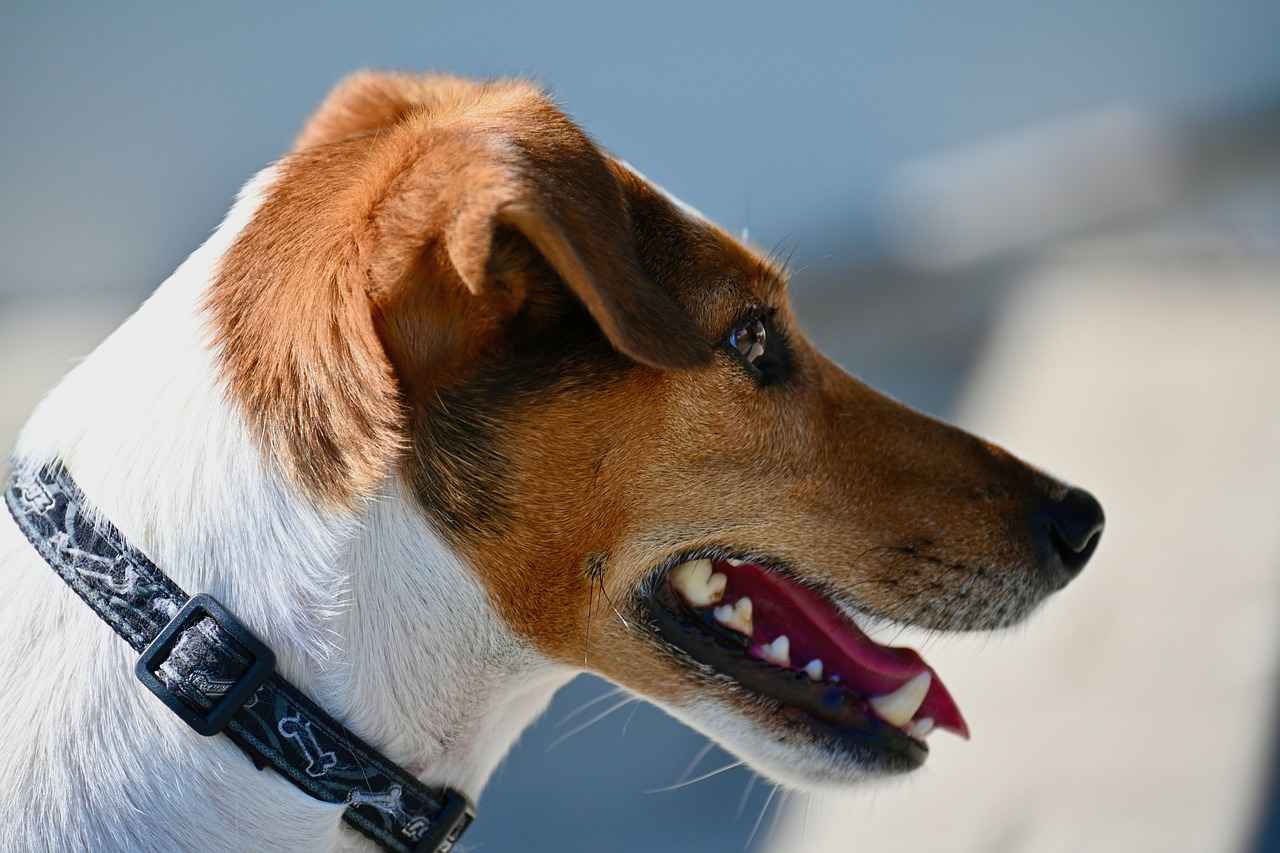
Immediate Care for Dog Bite Wounds
Providing immediate care for a dog bite wound is vital to prevent infection and promote healing. When a dog bites, the injury can range from a minor scratch to a deep puncture wound. Understanding how to manage these injuries effectively can make a significant difference in the recovery process.
Here are essential first aid steps to follow:
- Stay Calm: It’s important to remain calm to assess the situation effectively. Your dog may be frightened, and your demeanor can help soothe them.
- Control the Bleeding: Use a clean cloth or bandage to apply gentle pressure to the wound. If bleeding is severe and does not stop, seek veterinary care immediately.
- Clean the Wound: Rinse the bite area gently with clean water to remove dirt and debris. Avoid using alcohol or hydrogen peroxide, as these can irritate the wound.
- Apply an Antibiotic Ointment: After cleaning, apply a thin layer of antibiotic ointment to prevent infection.
- Cover the Wound: Use a sterile bandage to cover the wound, protecting it from further injury and contamination.
- Monitor for Signs of Infection: Keep an eye on the wound for any signs of infection, such as increased redness, swelling, or discharge. If any of these symptoms occur, consult your veterinarian.
It is crucial to assess the severity of the wound. Minor wounds may be manageable at home, while severe wounds require immediate veterinary attention. Always err on the side of caution and consult a professional if you are unsure about the appropriate care.
By following these steps, you can help ensure that your dog receives the best possible care after a bite incident, minimizing the risk of complications and promoting a smooth recovery.
Assessing the Severity of the Wound
Assessing the severity of a dog bite wound is a crucial step in ensuring appropriate treatment and recovery. Understanding whether a wound is minor or severe can significantly impact the healing process and the overall well-being of your pet. This guide will help you identify key indicators and determine the necessary actions to take.
When evaluating a dog bite wound, consider the following:
- Depth of the Wound: Minor wounds usually involve superficial scratches or punctures that do not penetrate deeply into the skin. Severe wounds, on the other hand, may involve deeper lacerations that affect muscle or other underlying tissues.
- Bleeding: A minor wound may exhibit minimal bleeding that can often be controlled with basic first aid. In contrast, severe wounds often result in significant bleeding that requires immediate veterinary attention.
- Signs of Infection: Watch for symptoms such as swelling, redness, or discharge. Minor wounds may show slight inflammation, while severe wounds could quickly develop into serious infections if not treated promptly.
- Behavioral Changes: If your dog is in significant pain, exhibiting lethargy, or showing signs of distress, these could be indicators of a more serious injury.
When to Seek Veterinary Care: If you notice any signs of a severe wound, such as excessive bleeding, deep lacerations, or indications of infection, it is essential to seek veterinary care immediately. Early intervention can prevent complications and support a faster recovery.
In conclusion, understanding how to assess the severity of a dog bite wound is vital for effective treatment. By recognizing the signs that differentiate minor from severe wounds, you can ensure your pet receives the appropriate care and support during their healing journey.
Signs of a Minor Wound
When dealing with dog bite wounds, it is crucial to identify whether the injury is minor or severe. Minor wounds typically exhibit minimal bleeding and can often be managed effectively at home. Recognizing these signs can significantly aid in the recovery process and prevent complications.
- Minimal Bleeding: A minor wound usually results in only a small amount of blood. If the bleeding stops quickly, it is a good indication that the injury is not severe.
- Localized Swelling: Some swelling around the area may occur, but it should not be excessive. Mild swelling is a normal response to injury.
- Redness: The skin around the wound may appear slightly red, indicating inflammation. However, if the redness spreads or worsens, this could signal a problem.
- Pain Level: While some discomfort is expected, a minor wound should not cause extreme pain. If your pet is excessively distressed, further evaluation may be necessary.
- Absence of Pus: A clean wound will not produce pus or foul-smelling discharge. The presence of these symptoms may indicate an infection.
To effectively manage a minor dog bite wound at home, follow these steps:
- Clean the Wound: Gently rinse the area with clean water to remove any dirt or debris.
- Apply Antibiotic Ointment: After cleaning, apply a thin layer of antibiotic ointment to prevent infection.
- Cover the Wound: Use a sterile bandage to protect the area from dirt and further injury.
- Monitor for Changes: Keep an eye on the wound for any signs of infection or complications.
In conclusion, recognizing the signs of a minor wound is essential for proper care and recovery. By taking prompt action and monitoring the injury, pet owners can ensure their furry friends heal quickly and effectively.
Signs of a Severe Wound
When it comes to dog bite wounds, recognizing the severity of the injury is crucial for ensuring the best possible outcome for your pet. Severe wounds often require professional veterinary care, and being able to identify the signs that indicate the need for immediate medical attention can make a significant difference in the recovery process.
- Excessive Bleeding: If the wound is bleeding heavily and does not stop after applying pressure for several minutes, this is a strong indicator that emergency care is needed.
- Deep Puncture or Laceration: Wounds that penetrate deeply into the skin or muscle may require surgical intervention to properly heal.
- Signs of Infection: Look for symptoms such as swelling, redness, warmth, or discharge from the wound. These can be signs of an infection that requires prompt treatment.
- Foul Odor: A strong, unpleasant smell coming from the wound can indicate an infection or necrosis, necessitating immediate veterinary attention.
- Behavioral Changes: If your dog shows signs of pain, such as whining, refusing to eat, or lethargy, it may indicate that the wound is more serious than it appears.
- Difficulty Moving: If your dog is limping or unable to use the affected limb, this could signify a more severe injury that requires veterinary assessment.
In summary, recognizing these signs of a severe wound is essential for pet owners. If you observe any of these indicators, it is vital to seek immediate veterinary care to ensure a proper diagnosis and treatment plan. Early intervention can significantly enhance your dog’s chances of a full recovery.
Cleaning the Wound Properly
Cleaning a dog bite wound properly is essential to ensure a safe and effective healing process. Neglecting this step can lead to serious complications, including infections that may require veterinary intervention. Below are the detailed steps to follow when cleaning a dog bite wound.
- Gather Your Supplies: Before you begin, collect the necessary items. You will need:
- Clean, lukewarm water
- Antiseptic solution (like hydrogen peroxide or saline)
- Clean gauze or cloth
- Adhesive bandage or sterile dressing
- Gloves (if available)
- Wash Your Hands: Always start by thoroughly washing your hands with soap and water to minimize the risk of introducing bacteria into the wound.
- Wear Gloves: If possible, wear disposable gloves to protect both yourself and the injured area from contamination.
- Rinse the Wound: Gently rinse the wound with lukewarm water to remove any dirt or debris. This is crucial for preventing infection.
- Apply Antiseptic: After rinsing, apply a small amount of antiseptic solution to the wound. This helps kill any remaining bacteria. Avoid using alcohol or strong antiseptics that can irritate the tissue.
- Dry the Area: Pat the wound dry with a clean gauze or cloth. Be careful not to rub, as this can cause further irritation.
- Cover the Wound: Finally, cover the wound with a sterile dressing or adhesive bandage to protect it from dirt and bacteria.
- Monitor for Signs of Infection: Keep an eye on the wound for any signs of infection, such as increased redness, swelling, or discharge. If any of these occur, seek veterinary care immediately.
In conclusion, proper wound cleaning is a critical step in the recovery process following a dog bite. By following these steps, you can help ensure a smoother healing experience for your pet.
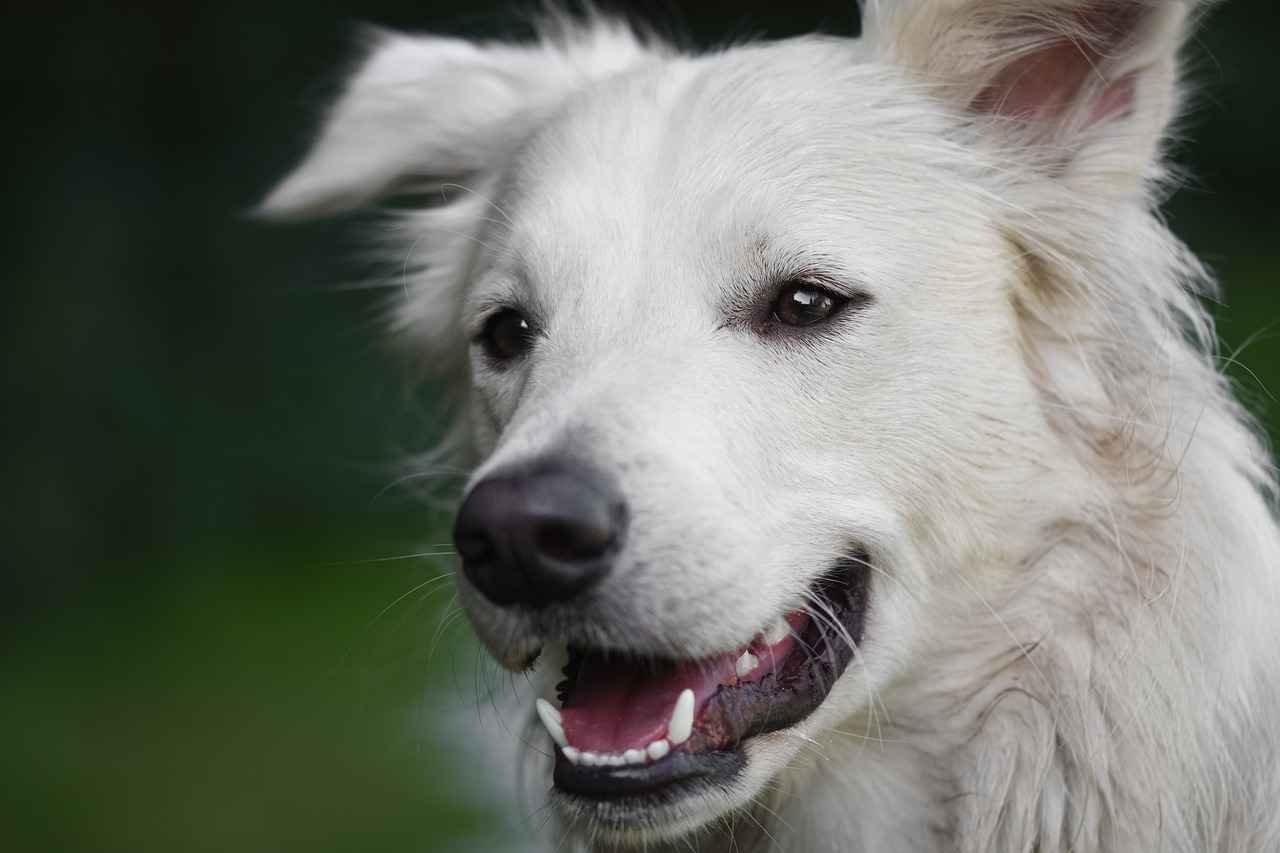
The Healing Process: Stages of Recovery
The healing process for dog bite wounds is a crucial aspect of recovery that pet owners and caregivers must understand. These wounds can be quite serious, and recognizing the stages of healing can significantly aid in monitoring and facilitating recovery. This article delves into the various stages of healing, providing essential insights into what pet owners can expect as their dog recovers from a bite wound.
Dog bite wounds typically progress through several distinct stages of healing. By familiarizing yourself with these stages, you can better assess your pet’s recovery and identify any potential complications that may arise.
- Inflammatory Stage: This initial phase occurs immediately after the injury. The body responds to the trauma with swelling, redness, and warmth around the wound site. This is a natural response as the body sends white blood cells to the area to combat infection.
- Proliferative Stage: Following the inflammatory stage, the body begins to repair itself. New tissue starts forming, and the wound edges begin to close. During this phase, you may notice new skin developing, which is a positive sign of healing.
- Maturation Stage: The final stage involves the strengthening of the newly formed tissue. This can take weeks to months, depending on the severity of the wound. The scar may initially appear red or dark but will gradually fade over time.
Throughout these stages, it is essential to monitor your dog for any signs of complications. Infection is a primary concern, and symptoms may include increased swelling, discharge, or a foul odor from the wound. If you notice any of these signs, it is crucial to seek veterinary assistance promptly.
In conclusion, understanding the healing process for dog bite wounds is vital for effective recovery management. By being aware of the stages of healing and recognizing potential complications, caregivers can ensure their pets receive the best possible care during recovery.
Inflammatory Stage
The is a critical phase in the body’s healing process following an injury, such as a dog bite. This initial response is essential for setting the foundation for recovery. During this stage, the body activates its defense mechanisms to protect the injured area and begin the healing journey.
When a dog bite occurs, the body responds almost immediately. The first step involves the release of inflammatory mediators like histamines and prostaglandins. These substances cause blood vessels to dilate, increasing blood flow to the affected area. As a result, you may notice redness and swelling around the wound, which are common signs of inflammation.
In addition to increased blood flow, the body sends white blood cells to the site of the injury. These cells play a crucial role in fighting off potential infections by attacking harmful bacteria and clearing out any debris or dead tissue. This process is vital, as the risk of infection is particularly high with dog bites due to the bacteria present in a dog’s mouth.
During the inflammatory stage, pain and tenderness are also prevalent. This discomfort serves as a protective mechanism, prompting the individual to avoid using the injured area, thus preventing further damage. It is important to manage this pain appropriately, often with the guidance of a healthcare professional.
As the inflammatory response progresses, the body begins to prepare for the next phase of healing, known as the proliferative stage. This transition is marked by the formation of new tissue, which is essential for closing the wound and restoring the skin’s integrity.
In summary, the inflammatory stage is a vital part of the healing process following a dog bite. Understanding this phase helps caregivers monitor the injury effectively and take necessary actions to facilitate recovery.
Proliferative Stage
of dog bite wound healing is a crucial phase where the body actively works to repair the damage caused by the injury. During this stage, which typically follows the inflammatory phase, several significant changes occur that are vital for recovery.
In the proliferative stage, the body focuses on tissue regeneration. New tissue, known as granulation tissue, begins to form at the wound site. This tissue is rich in blood vessels and provides a foundation for further healing. The formation of granulation tissue is essential as it helps to fill in the wound and supports the growth of new skin.
Another important aspect of this stage is collagen production. Collagen is a protein that plays a critical role in wound healing. It provides strength and structure to the new tissue, allowing the wound to close effectively. As collagen accumulates, the wound edges begin to contract, pulling together to reduce the size of the wound.
During this phase, the wound may also undergo epithelialization, where new skin cells migrate across the wound surface. This process is crucial for restoring the skin’s barrier function, which protects the body from infection and environmental factors.
It is important for caregivers to monitor the wound closely during the proliferative stage. Signs of healthy healing include the presence of pink granulation tissue and a decrease in swelling. However, if the wound appears red, swollen, or shows signs of discharge, it may indicate complications such as infection.
In summary, the proliferative stage is a dynamic period characterized by tissue formation, collagen production, and skin regeneration. Understanding these processes can help caregivers provide better support and care during the recovery journey.

Signs of Complications During Healing
When caring for a dog bite wound, it is crucial to be vigilant for any signs of complications that may arise during the healing process. Identifying these signs early can significantly prevent further issues and facilitate a smoother recovery for your pet.
- Infection Indicators: One of the most common complications is infection. Watch for symptoms such as:
- Increased redness or swelling around the wound
- Pus or discharge coming from the wound
- Persistent or worsening pain
- Fever or lethargy in your pet
- Delayed Healing Factors: Several factors can impede the healing process, including:
- Underlying health issues such as diabetes or immune disorders
- Improper wound care or cleaning
- Exposure to contaminants or irritants
- Inadequate nutrition affecting the healing process
It is essential to monitor the wound closely during the recovery period. If you notice any of the above signs, contact your veterinarian immediately for further evaluation and guidance. Early intervention can make a significant difference in your pet’s recovery journey.
In conclusion, being proactive in recognizing complications can help ensure that your pet heals properly and quickly. By following proper care instructions and staying alert to any changes, you can support your dog’s recovery effectively.
Infection Indicators
Infection can significantly hinder the healing process, making it essential for caregivers to be vigilant in monitoring for any signs of infection in dog bite wounds. Recognizing these indicators early can lead to timely intervention, which is crucial for a successful recovery.
When caring for a dog bite wound, there are several key indicators of infection that caregivers should be aware of:
- Redness: A certain degree of redness is normal after an injury, but if the area around the wound becomes increasingly red and the redness spreads, it may indicate an infection.
- Swelling: While some swelling is expected during the healing process, excessive swelling that does not subside could be a sign of infection.
- Pain: If the pain intensifies rather than diminishes over time, it could signal an underlying infection. Watch for increased sensitivity around the wound.
- Heat: An infected area may feel warm to the touch compared to surrounding skin. This localized heat can be a warning sign.
- Discharge: Any unusual discharge from the wound, particularly if it is thick, yellow, or green, may indicate infection. Clear fluid is typically normal, but any change should be monitored.
- Fever: If the dog develops a fever, it can be a systemic response to an infection. A temperature above 102.5°F (39.2°C) warrants immediate veterinary attention.
In conclusion, being aware of these is vital for caregivers. Prompt recognition and action can prevent complications and support a smoother healing process. If any signs of infection are observed, it is essential to consult a veterinarian for appropriate treatment.
Delayed Healing Factors
When it comes to the recovery from dog bite wounds, several factors can significantly delay the healing process. Understanding these factors is crucial for pet owners and caregivers, as it allows for better care and support during the recovery phase. Below are some key elements that can impede healing:
- Infection: One of the most common reasons for delayed healing is an infection. If bacteria enter the wound, it can lead to inflammation, increased pain, and prolonged recovery time. Caregivers should monitor for signs of infection, such as redness, swelling, or discharge.
- Underlying Health Conditions: Conditions like diabetes or immune system disorders can hinder the body’s natural healing capabilities. Pets with these issues may require specialized care and longer recovery times.
- Age: Younger and older pets may experience slower healing processes. Puppies and senior dogs often have less robust immune systems, making them more susceptible to complications.
- Nutrition: Proper nutrition plays a vital role in healing. A diet lacking in essential nutrients can slow down recovery. Ensuring that the pet receives a balanced diet rich in vitamins and minerals is crucial during this period.
- Stress: Stress can negatively impact a pet’s healing process. A calm and supportive environment can help reduce anxiety and promote better recovery.
- Location and Size of the Wound: Larger wounds or those in areas with high movement (like joints) may take longer to heal. Additionally, wounds that are difficult to keep clean or protected can also delay recovery.
By recognizing these factors, caregivers can take proactive steps to mitigate their effects. This may include seeking veterinary advice for chronic conditions, ensuring a nutritious diet, and creating a stress-free environment. Ultimately, understanding and addressing these factors can lead to a smoother and faster healing process for dog bite wounds.
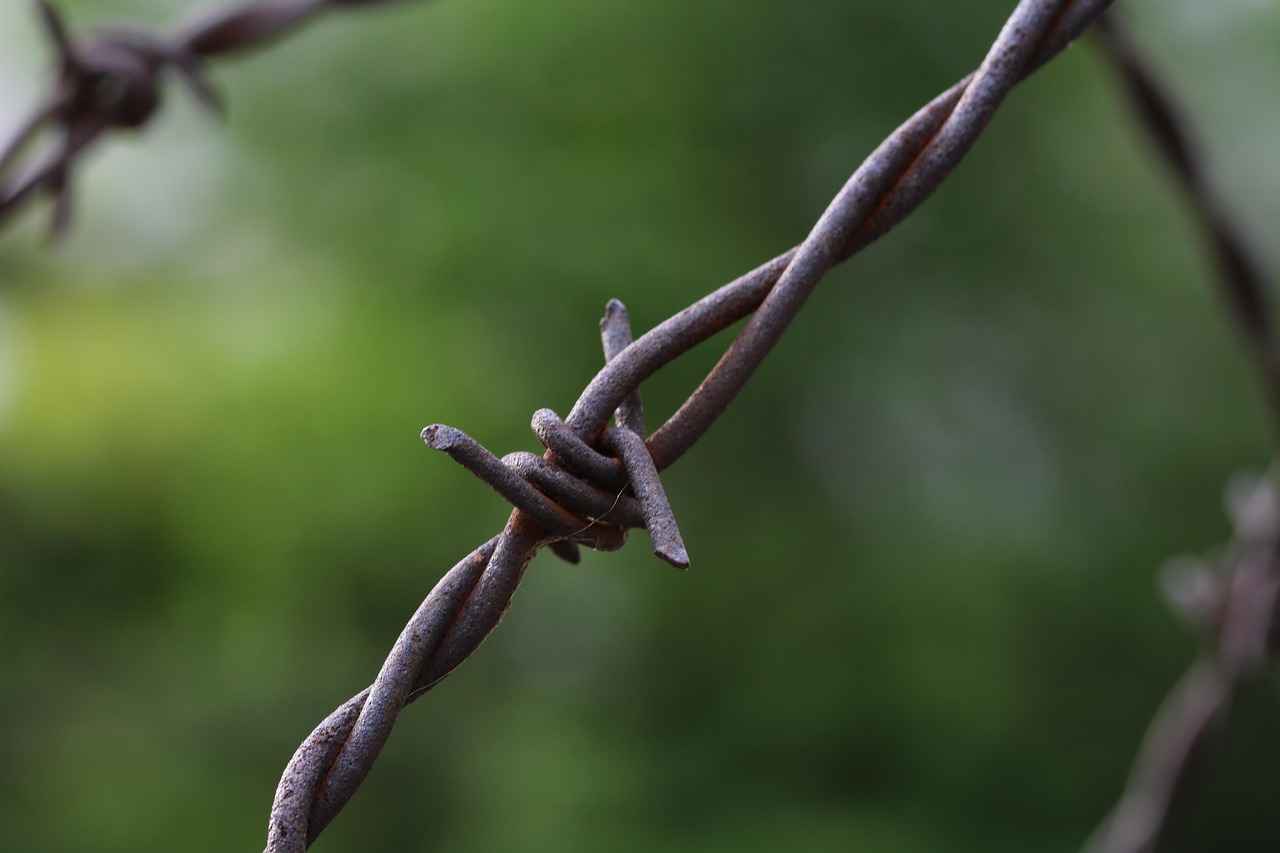
Post-Recovery Care for Dog Bite Wounds
Once a dog bite wound has healed, it is crucial to implement ongoing care to ensure a complete recovery. This phase is vital for monitoring the healing process, preventing complications, and ensuring your pet’s overall well-being.
Regular Monitoring of the Wound Site
Even after the wound appears healed, regular checks are essential. Look for any signs of redness, swelling, or unusual discharge, as these could indicate underlying issues. It’s advisable to inspect the area at least twice a week for the first month post-recovery.
Maintaining a Clean Environment
Keep your dog’s living space clean and free from debris. A clean environment minimizes the risk of infection and promotes a healthy recovery. Regularly wash bedding and avoid exposing your pet to muddy or dirty areas.
Gradual Reintegration into Activities
After a period of rest, slowly reintroduce your dog to its normal activities. Start with short, gentle walks and gradually increase the duration and intensity. Monitor your dog’s behavior closely to ensure they are comfortable and not showing signs of pain.
Nutrition and Hydration
Providing a balanced diet rich in vitamins and minerals is essential for recovery. Ensure your dog stays well-hydrated, as water plays a vital role in the healing process. Consult your veterinarian for dietary recommendations tailored to your pet’s needs.
Veterinary Follow-Up
Schedule follow-up appointments with your veterinarian to monitor the healing process. These visits are crucial for identifying any potential complications early on and discussing any behavioral changes you may notice in your dog.
Emotional Support and Comfort
Lastly, provide your dog with emotional support. Recovery can be a stressful time, and your pet may benefit from extra attention and affection. Engage in gentle play and provide a safe space for your dog to relax.
By following these post-recovery care tips, you can help ensure your dog heals fully and maintains a healthy, happy life.
Rehabilitation and Follow-Up
When dealing with severe dog bite wounds, rehabilitation plays a crucial role in ensuring a full recovery. The journey to healing does not end once the wound appears to be closed; rather, it is a continuous process that requires dedicated follow-up care and monitoring.
After the initial treatment, it is essential for pet owners to schedule follow-up visits with their veterinarian. These visits are vital for assessing the healing progress and addressing any complications that may arise. During these appointments, the veterinarian will evaluate the wound site, checking for signs of infection or other issues that could impede healing.
In addition to regular veterinary check-ups, rehabilitation exercises may be necessary, especially for injuries that affect mobility. A tailored rehabilitation plan can help restore strength and function. This plan may include:
- Gentle stretching exercises to improve flexibility
- Controlled physical therapy sessions to build strength
- Gradual increase in activity levels to promote endurance
Furthermore, it is important to monitor the dog’s behavior during recovery. Changes in appetite, energy levels, or signs of discomfort should be reported to the veterinarian immediately. These indicators can provide insights into the dog’s overall well-being and healing process.
Finally, owner education on wound care is crucial. Understanding how to care for the wound at home, including keeping it clean and dry, can significantly impact recovery. Providing a safe and comfortable environment for the dog will also aid in the rehabilitation process.
In conclusion, the path to recovery from a severe dog bite wound involves more than just the initial treatment. Continuous care, rehabilitation, and regular veterinary follow-ups are essential components that contribute to a successful healing journey.
Preventing Future Incidents
Preventing future dog bites is essential for ensuring the safety of both pets and humans. Understanding the behaviors that lead to aggressive actions can significantly reduce the risk of incidents. This section outlines effective strategies to help pet owners mitigate the chances of future dog bites.
- Socialization: Early and ongoing socialization is crucial. Expose your dog to various environments, people, and other animals. This helps them develop a calm demeanor and reduces fear-based aggression.
- Training: Invest in professional training. Basic commands such as sit, stay, and leave it can help you manage your dog’s behavior effectively. Positive reinforcement techniques encourage good behavior.
- Understanding Body Language: Learn to recognize signs of discomfort or stress in your dog. Signs such as growling, baring teeth, or stiff body posture can indicate that your dog is feeling threatened.
- Controlled Interactions: Always supervise interactions between your dog and unfamiliar people or animals. Use a leash in public spaces to maintain control, especially in crowded areas.
- Regular Exercise: Ensure your dog receives adequate physical and mental stimulation. A well-exercised dog is less likely to exhibit aggressive behavior due to pent-up energy.
- Health Checkups: Regular veterinary visits can help identify any underlying health issues that may contribute to aggression. Pain or illness can lead to unexpected behavior changes.
By implementing these strategies, pet owners can create a safe environment for their dogs and reduce the likelihood of future bite incidents. Remember, a well-socialized and trained dog is not only a joy to have but also a safer companion for everyone around.
Frequently Asked Questions
- What should I do immediately after a dog bite?
First things first, stay calm! Clean the wound with soap and water, apply an antiseptic, and cover it with a clean bandage. If the bleeding is heavy or the wound looks severe, seek veterinary care right away.
- How can I tell if a dog bite wound is infected?
Look for signs like increased redness, swelling, warmth, or pus around the wound. If your furry friend seems extra sensitive or has a fever, it’s time to call the vet!
- What are the stages of healing for a dog bite wound?
The healing process generally includes the inflammatory stage, where the body starts to respond to the injury, followed by the proliferative stage, where new tissue forms. Each stage is crucial for proper recovery.
- How long does it take for a dog bite wound to heal?
Healing time can vary based on the severity of the bite. Minor wounds might heal in a week or two, while more severe wounds may take several weeks or even months. Patience is key!
- What can I do to prevent future dog bites?
Educate yourself about dog behavior, socialize your pet, and always supervise interactions between dogs and children. Prevention is better than cure, right?


